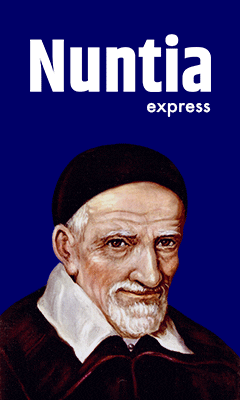
One evening in the early 1970s, Michael Pachovas and a few friends wheeled themselves to a curb in Berkeley, Calif., poured cement into the form of a crude ramp, and rolled off into the night. For Pachovas and his fellow disability advocates, it was a political act, a gesture of defiance….It was also pragmatic. Despite their unevenness, the makeshift sloping curbs provided the disabled community with something invaluable: mobility….
So begins a powerful story told in the 2017 Stanford Social Innovation Review by Angela Glover Blackwell. That simple “curb cut” helped end the nightmare of moving along city streets in a wheelchair, like running a dangerous obstacle course. Unlike accessibility measures for buildings required by government regulation, street mobility was not yet a priority.
Now that’s creativity! Identifying a problem and responding effectively with simple resources. Curb cuts were not entirely new. The first appeared in 1945 in Kalamazoo MI. But the Berkeley cut began to change the way the country thought about access, mobility and the needs of more vulnerable communities.
And then something entirely unexpected thing happened. With this small change, everybody benefited—not only people in wheelchairs but parents pushing strollers headed straight for curb cuts. So did workers pushing heavy carts, business travelers wheeling luggage, even runners and skateboarders.
There’s an ingrained societal suspicion that intentionally supporting one group hurts another. That equity is a zero sum game. But in fact, it’s not a pizza—my slice doesn’t diminish the pie for others! Everyone wins.
St Vincent de Paul would be proud. After all one of hallmarks of the great Patron of Charity was his genius for networking and collaboration, as well as creative responses to the problems and needs of the impoverished of his time.
One of his most often repeated quotes reminds us LOVE IS INVENTIVE EVEN TO INFINITY.
A powerful statement…but also a challenge to his followers: how creative are we Vincentians today in following Christ the Evangelizer and Servant of People in Poverty. How inventive of pastoral methods and tools in bringing the Good News? Because if we always do what we’ve always done, not much will change.
It’s interesting to imagine what St. Vincent would do with the social tools of today that he did not enjoy in the 17th century: social analysis, democracy, economic systems, systemic change thinking and most of all social media! His creativity would flourish and there would be no stopping him in accomplishing serious and lasting structural change.
Now not all of us are creative visionaries. That’s a special gift. Many of us are more managerial, we can administer a project, keep it on track and get good results. But we can go beyond that by critically analyzing our methods and seeking to incorporate new—and better—ways to carry out our ministry. As Vincent’s followers, seeking to reflect his charism in this century with its current needs and challenges, those we serve deserve our efforts in this regard.
How can we be more creative?
- One thing we might do is take a vigorous critical look at how we do our ministry; self-evaluation is never easy but probably necessary;
- We might find ways to incorporate more prayer and meditation on how we do things and why, opening ourselves to new impulses and insights;
- We might find ways to keep the ultimate goal of our ministerial activities the utterly clear focus and priority, not secondary considerations;
- We might study what colleagues—and even competitors—do in efforts similar to our own. What might we learn and better yet, include, in our own efforts;
- Better minds than mine will surely have other—better?—suggestions.
Love is inventive even to infinity. A wonderful conviction, and a challenge!
Jim Claffey
NGO Representative of the Vincentian priests and brothers to the UN

